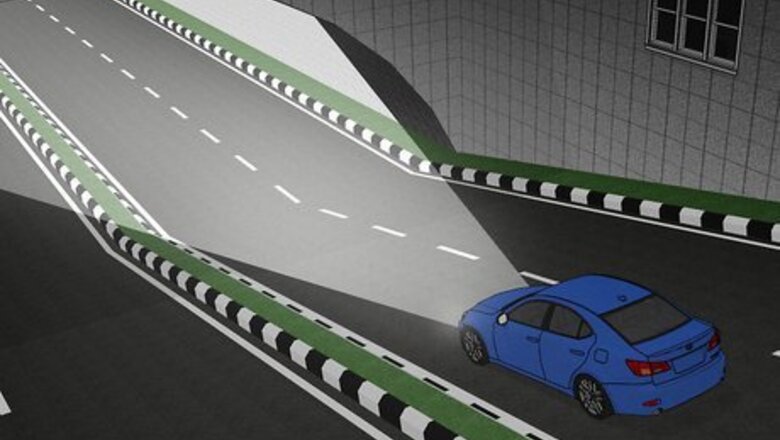
views
- Use your high beams at night when you’re in an unfamiliar area or on an unlit street without other traffic.
- Dim your high beams when there’s an oncoming vehicle 500 ft (150 m) away, or if you’re following a vehicle within 300 feet (91 m).
- Stick to low-beam headlights when you’re in a busy or well-lit area.
- Turn off your high beams during rain, snow, or fog since they make it harder to see.
In what situations should you use high beams?
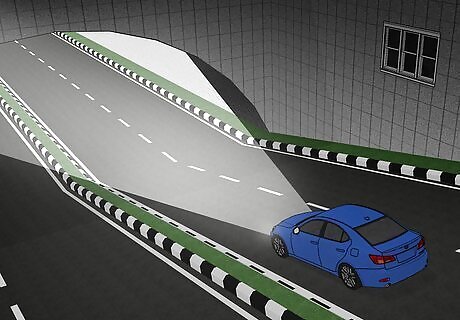
Use your high beams in unfamiliar areas with low visibility. If it’s dark and you’ve never driven in the area before, turn on your high beams so you can get a better view of your surroundings. Keep your brights on in places with low visibility, especially near construction sites, tunnels, and wooded areas, so other vehicles and pedestrians can see you coming from further away.

Switch to high beams when you’re on a highway without traffic. Long stretches of highway usually don’t have streetlights, so they can be really dark when you’re driving at night. If you’re not surrounded by other vehicles on the road and you want to see further in front of you, use your high beams. Using your high beams lets you see twice as far as your regular headlights, which gives you a few more seconds to react to something that’s in the road, such as an animal.

Turn on your high beams for rural areas without street lights. Since there’s a greater chance of animals crossing the road at night when you’re outside of the city, turning on your brights will help you see anything in the road with enough time to avoid it.
When Not to Use High Beams

Turn off your high beams on busy streets with other vehicles. Even though your high beams help you see, the lights are really bright for other people driving. Since the lights could blind oncoming traffic and make it difficult for them to see, switch off your high beams whenever you get to a street with vehicles. Your high beams can also reflect in the rearview mirror of vehicles driving in front of you and become really distracting for the other driver.

Stick to low beams during rain, snow, or fog. When you turn on your high beams when there’s bad weather, the light reflects off the water droplets or snow and actually reduces your visibility. Even though your low beams aren’t as bright, they’ll cut through the weather a little better so you can see where you’re going. If the weather completely limits your visibility, like during a heavy thunderstorm or blizzard, pull over to the side of the road and wait until you can see again.
When should I dim my high beams for other vehicles?
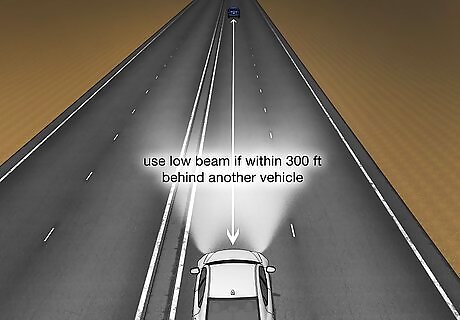
Dim your high beams within 300–500 ft (91–152 m) of another vehicle. When you’re approaching a vehicle driving in the same direction as you, turn your high beams off when they’re within 300 feet (91 m) of you. When the other vehicle is in the oncoming lane, switch to your low beams when they’re about 500 feet (150 m), or about one city block, away. Laws vary between states regarding how far away you need to dim your high beams, so check with your state’s department of transportation. If you’re driving over a hill and you see the glare of headlights before you see the other vehicle, shut off your high beams so the other driver isn’t blinded when they reach the top.
How do you turn on high beams?
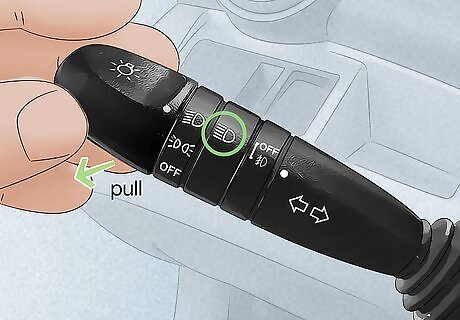
Push the lever on your steering wheel forward to turn on high beams. Typically, the lever that has your other headlight controls on the left side of the steering wheel also turns on your brights. Turn your regular headlights on by turning the knob at the end of the lever. Then, push the whole lever forward to turn on your high beams. Most vehicles have a dashboard light that illuminates when you turn on your high beams. Check your vehicle’s manual to find out where the high beam controls are for your specific make and model. Some older vehicles have a button or switch on the floor that controls the high beams instead. Check for a small button on the left side of the footwell and press it down with your foot to switch the high beams on.















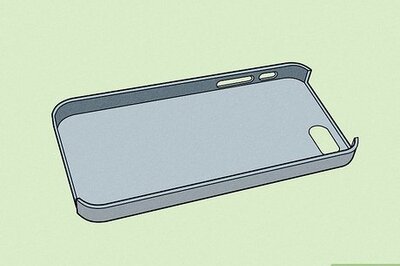




Comments
0 comment